Civil Procedure Code at Turkmenistan
The Civil Procedure Code of Turkmenistan regulates civil litigation and provides the legal framework for the conduct of civil cases in the country's courts. It sets forth the procedures for filing and resolving civil disputes, as well as for appealing judgments and enforcing court decisions. Turkmenistan's legal system is based on civil law principles, and the Civil Procedure Code plays a central role in ensuring a fair and orderly process in civil trials.
Key Features of the Civil Procedure Code of Turkmenistan
1. General Principles
Civil Law Tradition: Turkmenistan follows a civil law system, which means that civil legal disputes are governed by written statutes, regulations, and codes, rather than by judicial precedents or case law.
Impartiality and Fairness: The Civil Procedure Code emphasizes the principles of fairness, justice, and impartiality in civil litigation. It ensures that both parties in a dispute have the opportunity to present their case and that the court’s decision is based on the facts and law.
2. Court System
Turkmenistan has a multi-tiered court system for handling civil cases:
Local Courts (First Instance): These are the courts of first instance where most civil cases are initiated. Local courts have jurisdiction over a wide range of civil matters, including contract disputes, property issues, torts, and personal rights matters.
Regional Courts: In cases of higher complexity or value, civil disputes may be heard in regional courts.
Supreme Court: The Supreme Court is the highest judicial authority in Turkmenistan. It serves as the final court of appeal and is responsible for ensuring the uniform application of the law across the lower courts.
3. Commencing a Lawsuit
Petition of Claim: A civil lawsuit in Turkmenistan begins with the filing of a petition of claim (complaint) with the appropriate court. The petition must clearly set out the facts of the case, the legal grounds for the claim, and the relief or remedy sought by the plaintiff.
Jurisdiction: The court must have jurisdiction over the subject matter of the case and over the parties. Jurisdiction may depend on the nature of the dispute, the location of the defendant, or where the events giving rise to the dispute occurred.
Filing Fees: There are filing fees associated with initiating a civil case. These fees are usually calculated based on the value of the dispute.
4. Court Procedures
Service of Process: Once the lawsuit is filed, the court will ensure that the defendant is properly notified of the legal action against them. This is typically done through the official service of process, ensuring the defendant is aware of the lawsuit and has time to respond.
Defendant’s Response: The defendant must submit a written response to the court within a specific period, usually 15-30 days from the date of being served with the complaint. The response can include defenses, counterclaims, or objections to the plaintiff’s claims.
Pre-Trial Conference: In some cases, the court may organize a pre-trial conference to encourage settlement between the parties or to identify the issues in dispute, which may streamline the trial process.
5. Trial Procedures
Presentation of Evidence: During the trial, both parties are entitled to present evidence to support their case. This evidence can include documents, physical items, witness testimony, and expert opinions. The parties may request that certain documents or evidence be brought into the record.
Burden of Proof: The burden of proof typically rests with the plaintiff, who must prove their case by a preponderance of the evidence (i.e., that it is more likely than not that their claim is true). The defendant can present their own evidence to refute the claim.
Witnesses and Expert Testimony: Both parties may call witnesses to testify in support of their case. Experts may also be called to provide specialized knowledge that may assist the court in understanding technical or complex matters.
Judge’s Role: The judge has the authority to oversee the proceedings, ensure that both parties follow the rules, and make determinations on the admissibility of evidence. The judge may also ask questions to clarify issues and ensure fairness.
6. Judgment and Orders
Issuance of Judgment: After considering all the evidence and arguments, the court will issue a judgment. The judgment will include the court’s findings of fact, legal reasoning, and its decision regarding the relief or remedy sought by the parties. Possible outcomes may include:
Monetary compensation: An award of damages for the plaintiff’s loss or harm.
Injunctive relief: An order requiring the defendant to take or refrain from a particular action.
Declaratory judgment: A ruling clarifying the legal status of the parties or their rights.
Interim Measures: The court may issue interim orders or temporary measures to protect the rights of the parties during the proceedings. These may include restraining orders or provisional measures to secure assets.
7. Appeals Process
Appeals to Regional Courts: If a party is dissatisfied with the judgment of the local court, they may appeal to a regional court. The regional court reviews the case and can either uphold, modify, or reverse the lower court's decision.
Appeals to the Supreme Court: In certain cases, a party can appeal to the Supreme Court, which serves as the final appellate body. The Supreme Court reviews legal issues raised in the case and ensures the correct application of the law.
Appeal Timeframes: There are strict time limits for filing appeals, typically within 10 to 30 days of the lower court’s judgment.
8. Special Procedures
Summary Judgment: In cases where the facts are clear and there is no genuine dispute, the court may issue a summary judgment without proceeding to a full trial. This expedites the resolution of simple cases.
Small Claims: Turkmenistan may have simplified procedures for small claims, where disputes involving relatively low monetary amounts are resolved through a faster, less formal process.
Family Law Cases: Family matters, including divorce, child custody, and inheritance cases, may follow special procedures governed by family law. Family courts handle these matters, and the rules may be more flexible than those in general civil cases.
9. Execution of Judgment
Writ of Execution: After a judgment is rendered, if the defendant does not voluntarily comply with the decision, the plaintiff can request a writ of execution to enforce the judgment. This may involve seizing property or other enforcement actions.
Court Bailiffs: Court bailiffs are responsible for executing the court's orders, such as seizing assets, garnishing wages, or freezing bank accounts to satisfy the judgment.
10. Legal Costs
Litigation Costs: In most cases, the losing party is required to pay the costs of litigation, including court fees and the legal expenses of the prevailing party.
Legal Aid: Legal aid may be available for individuals who cannot afford to pay for legal representation. However, this system may be limited, and eligibility depends on specific criteria set by the government or court.
Conclusion
The Civil Procedure Code of Turkmenistan provides a structured legal framework for resolving civil disputes, ensuring that cases are handled fairly and according to the law. It establishes detailed procedures for initiating lawsuits, conducting trials, and enforcing judgments. The code aims to promote access to justice, fairness, and the protection of individual rights in civil matters.



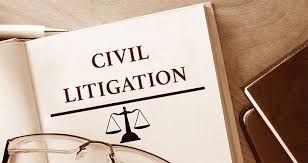







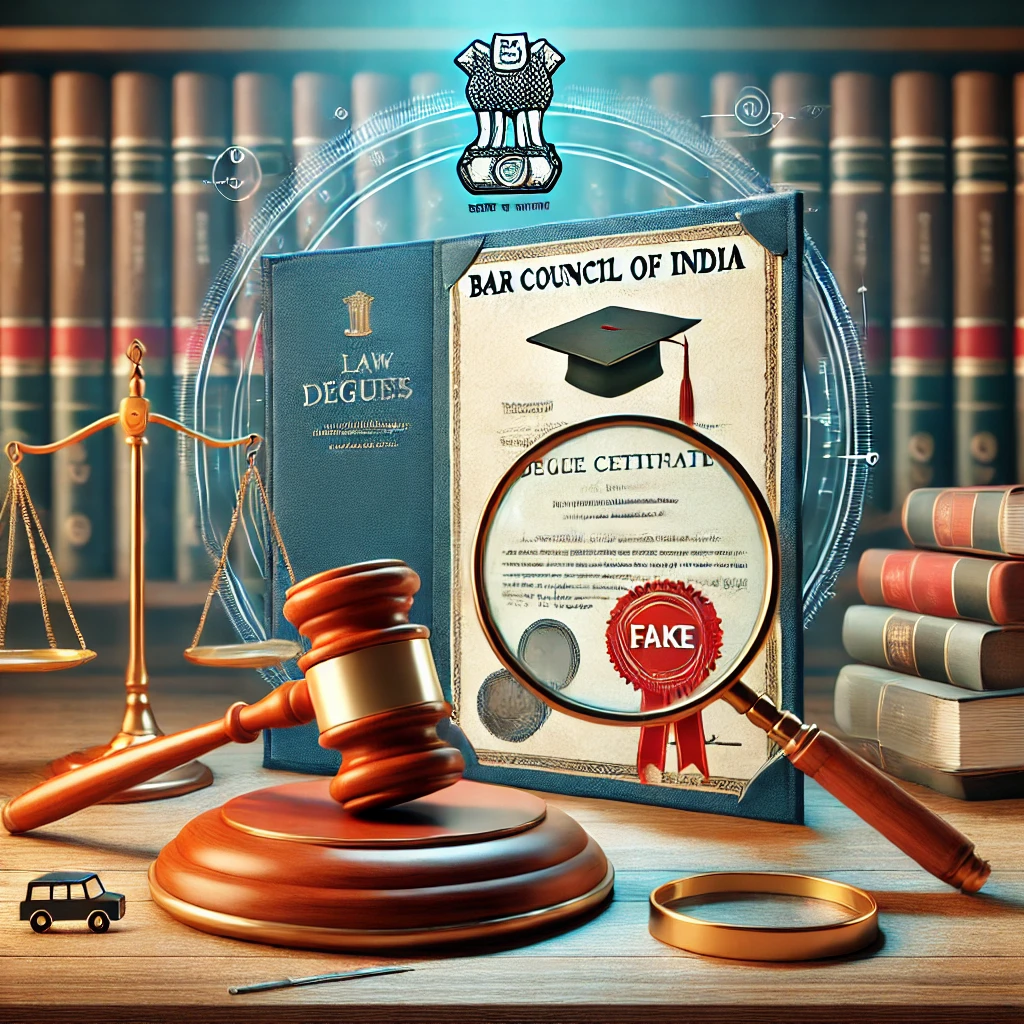






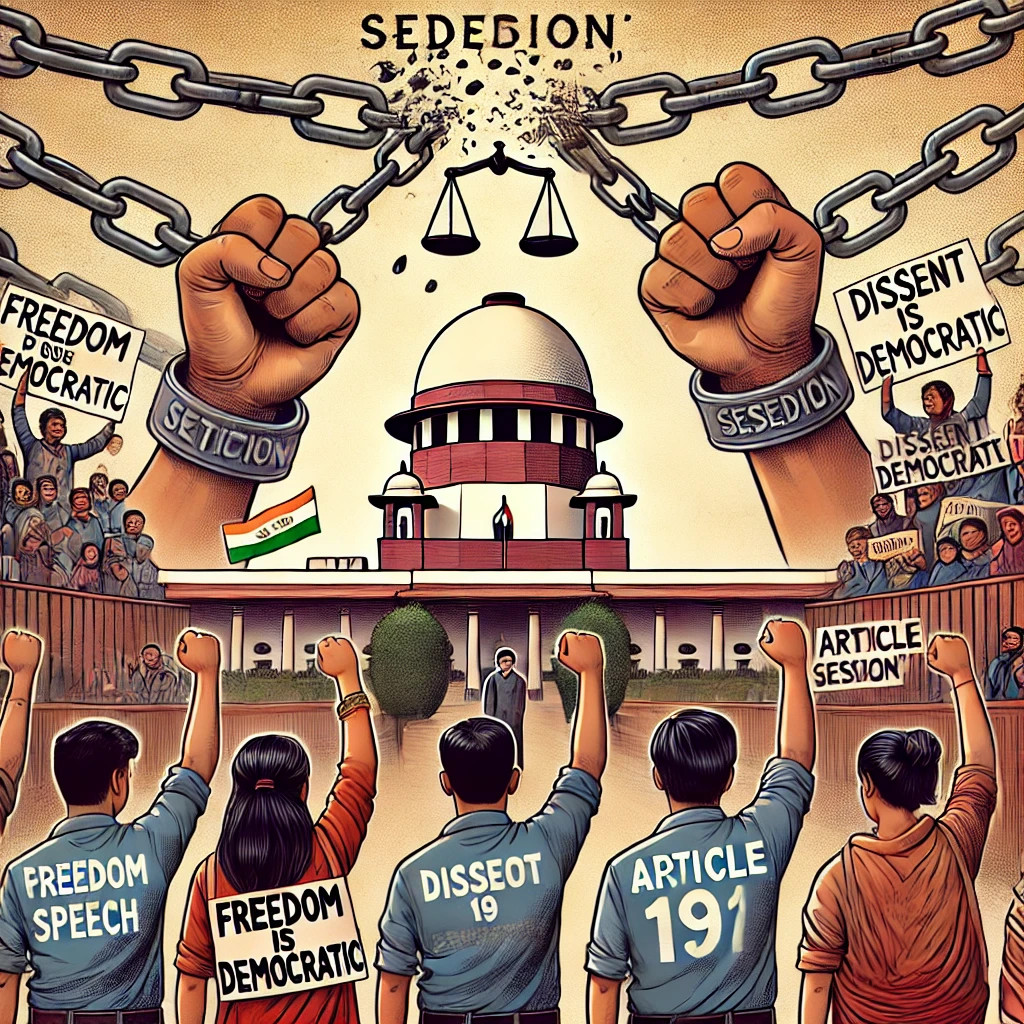

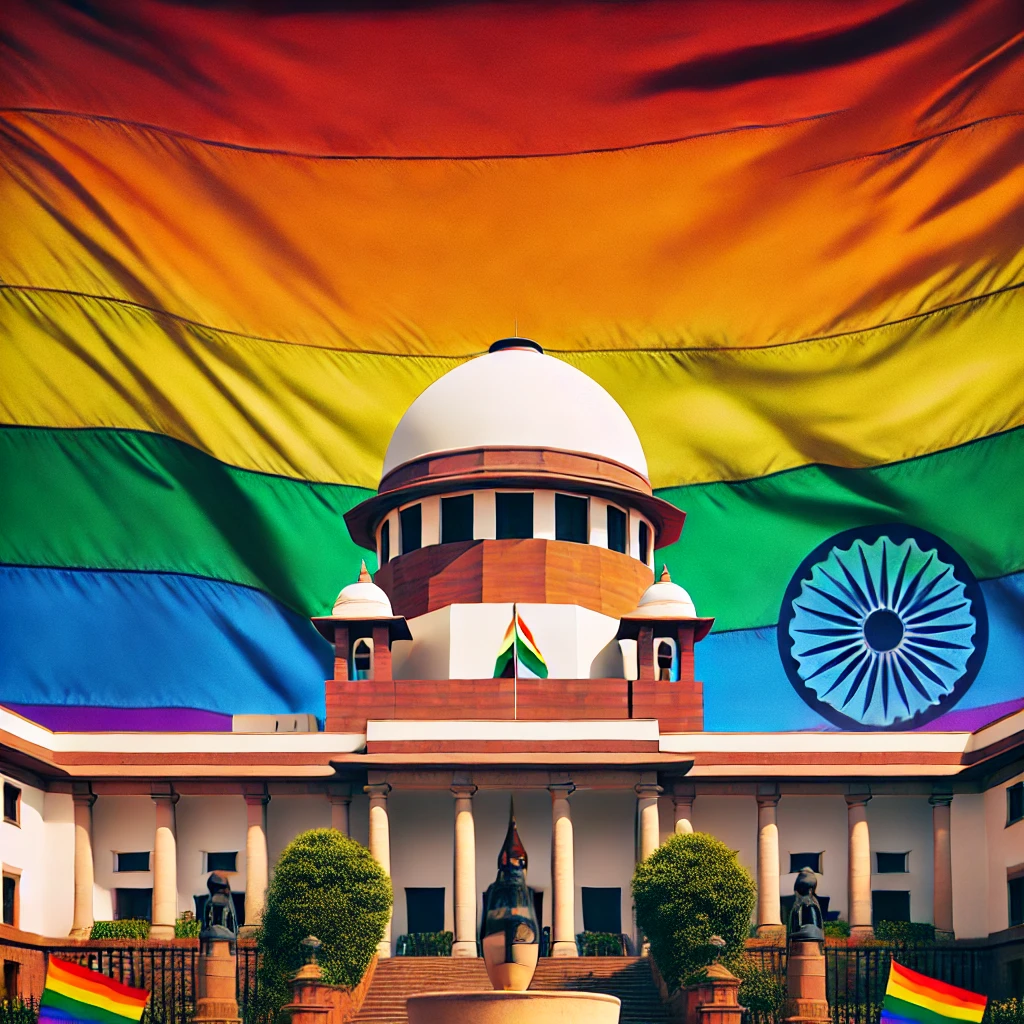

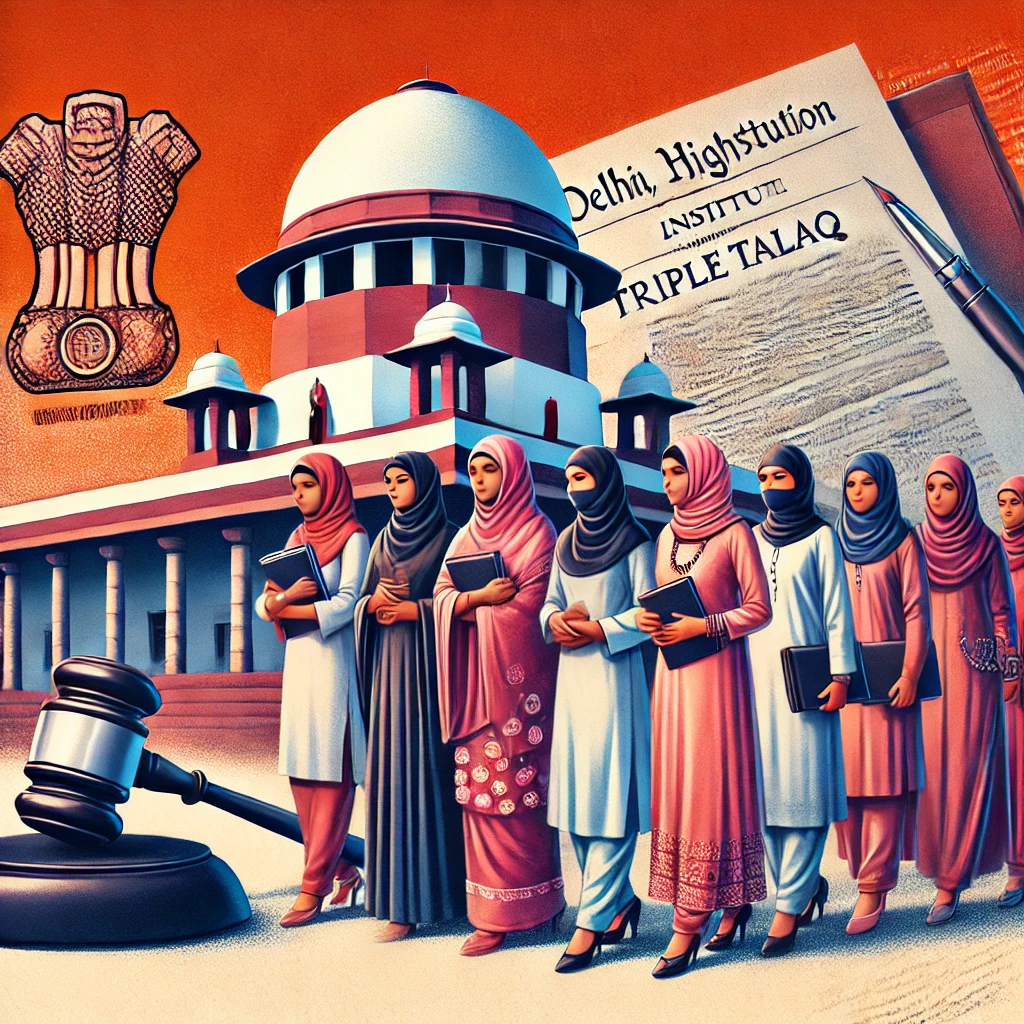


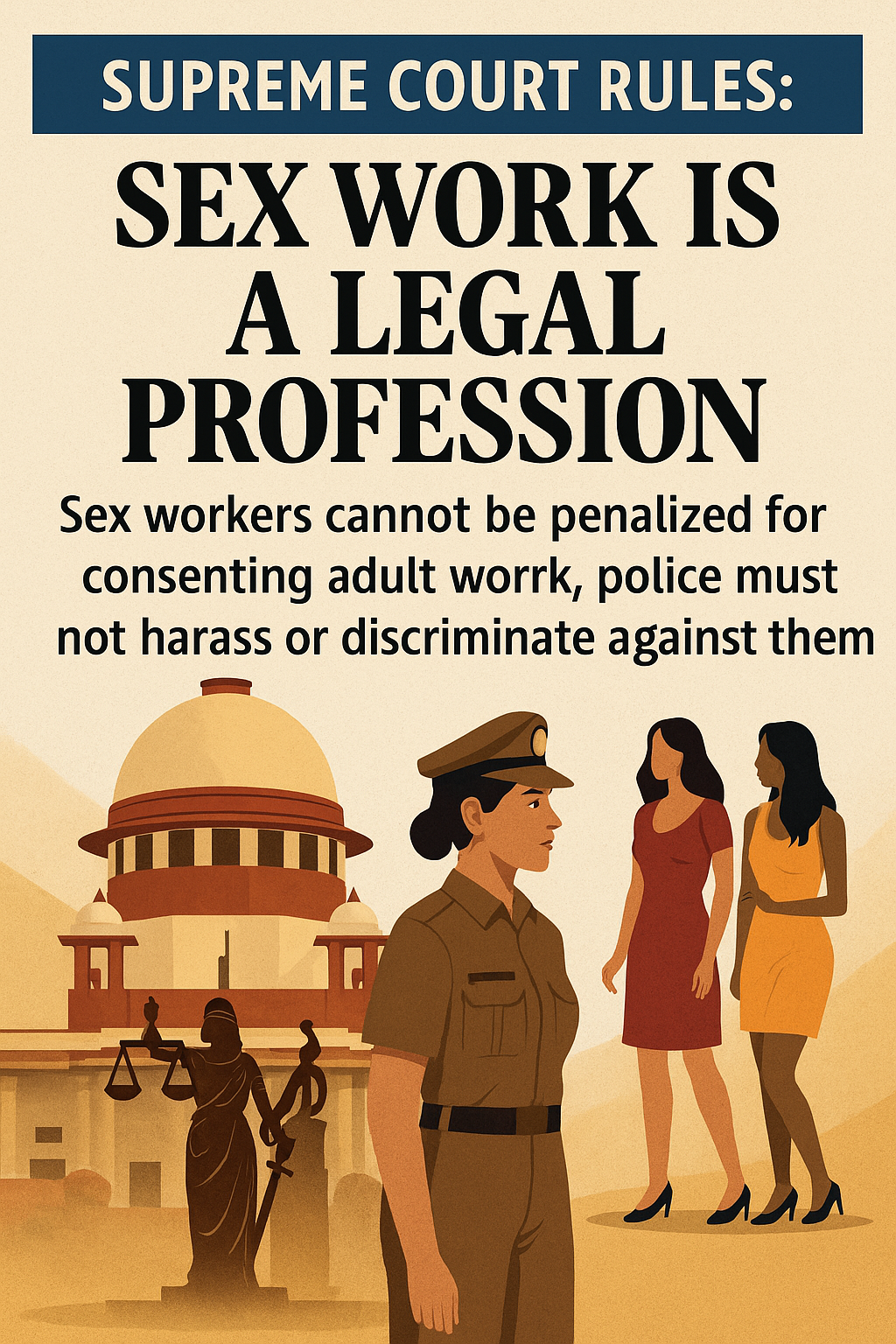

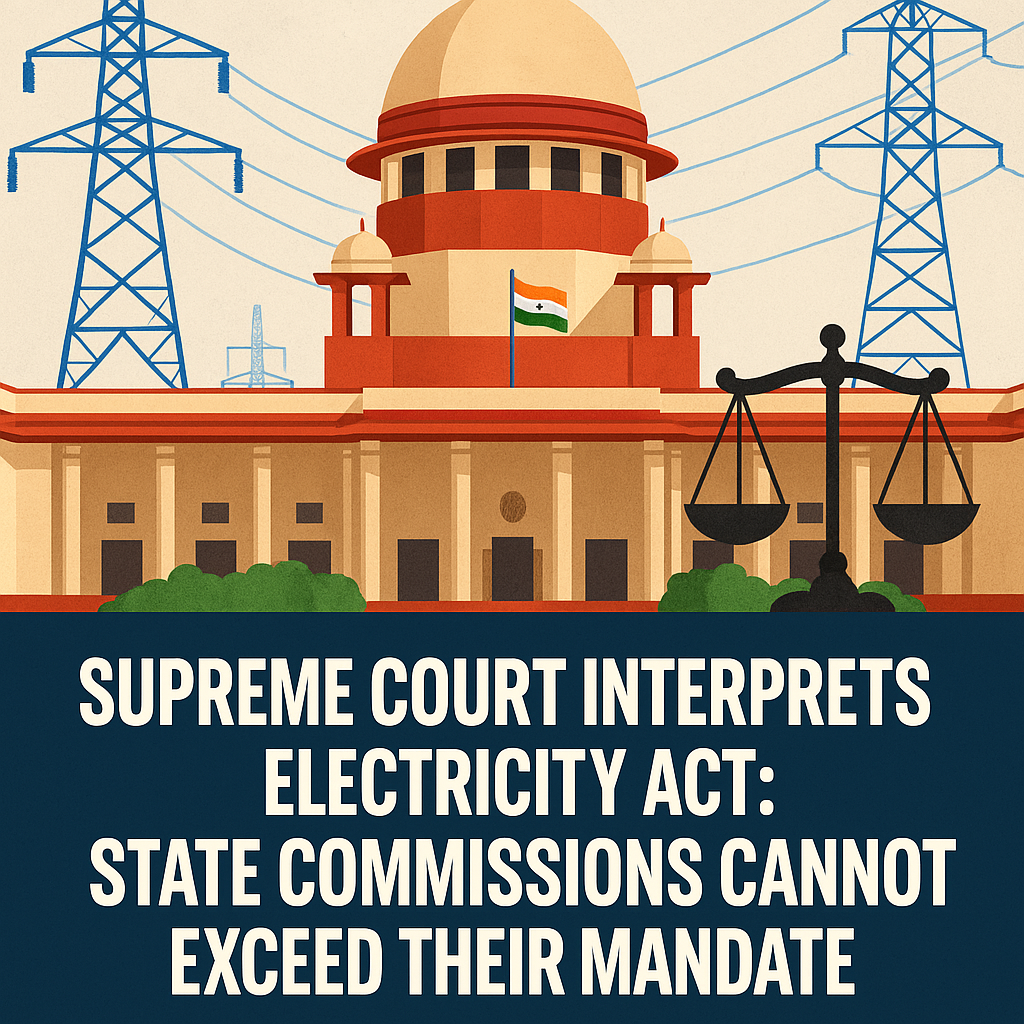

0 comments